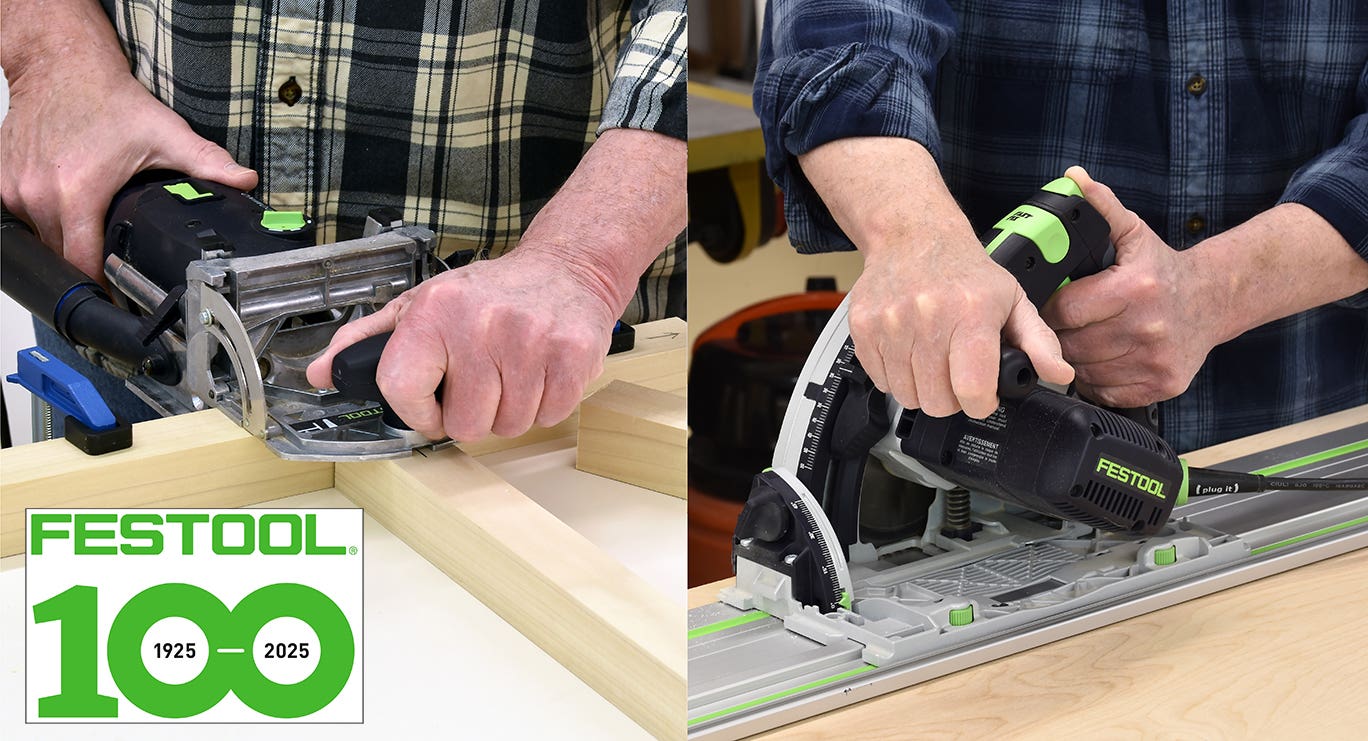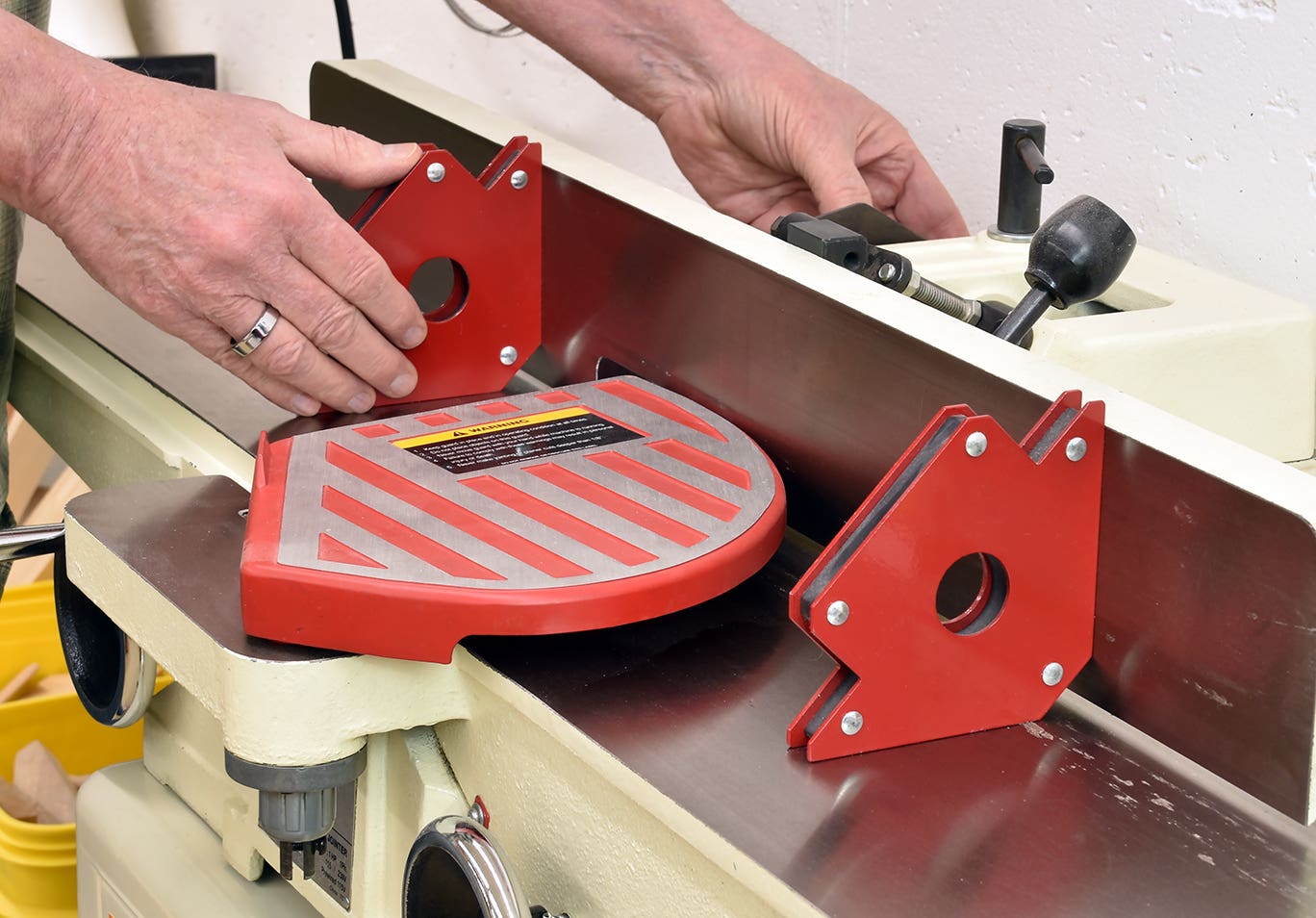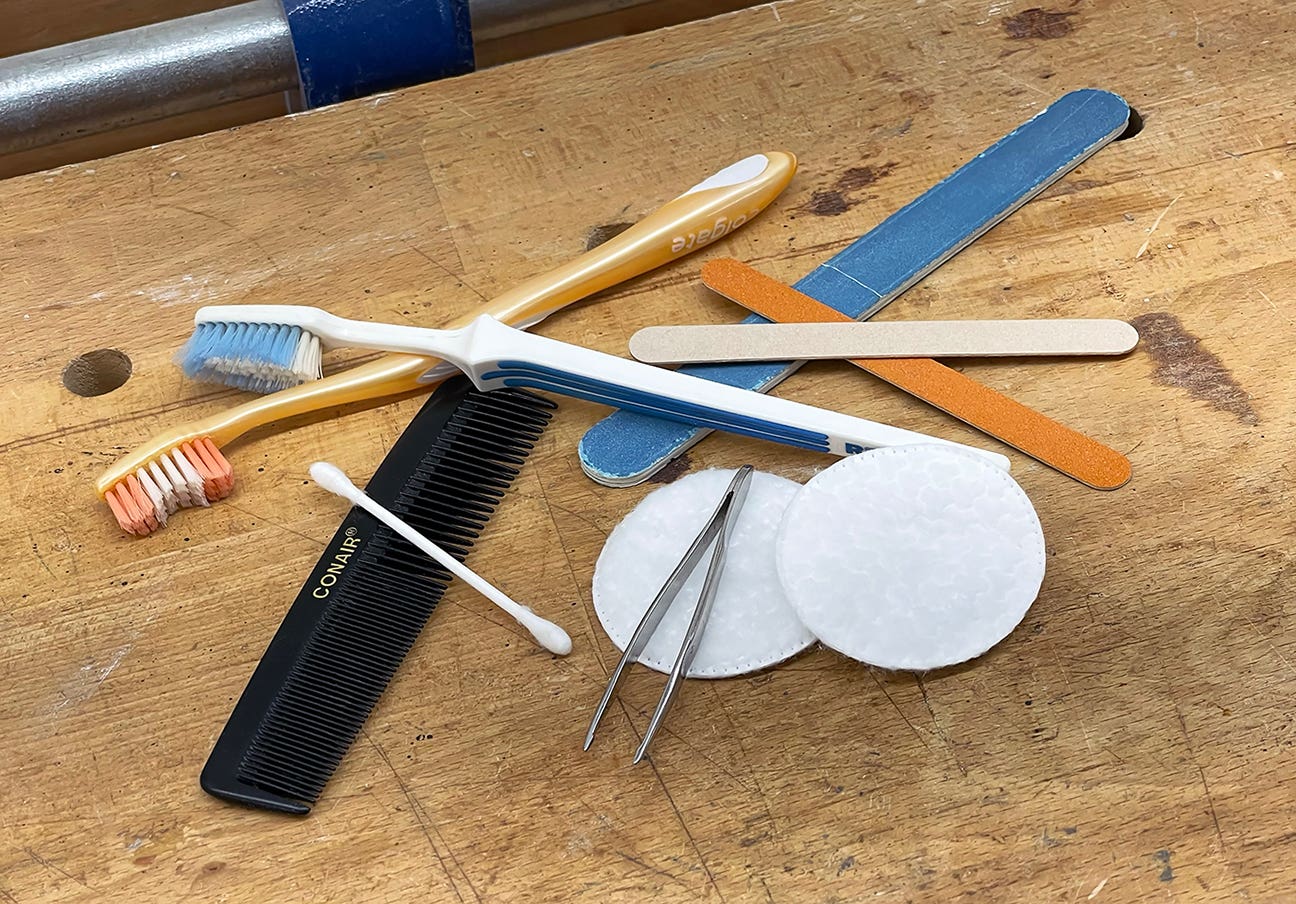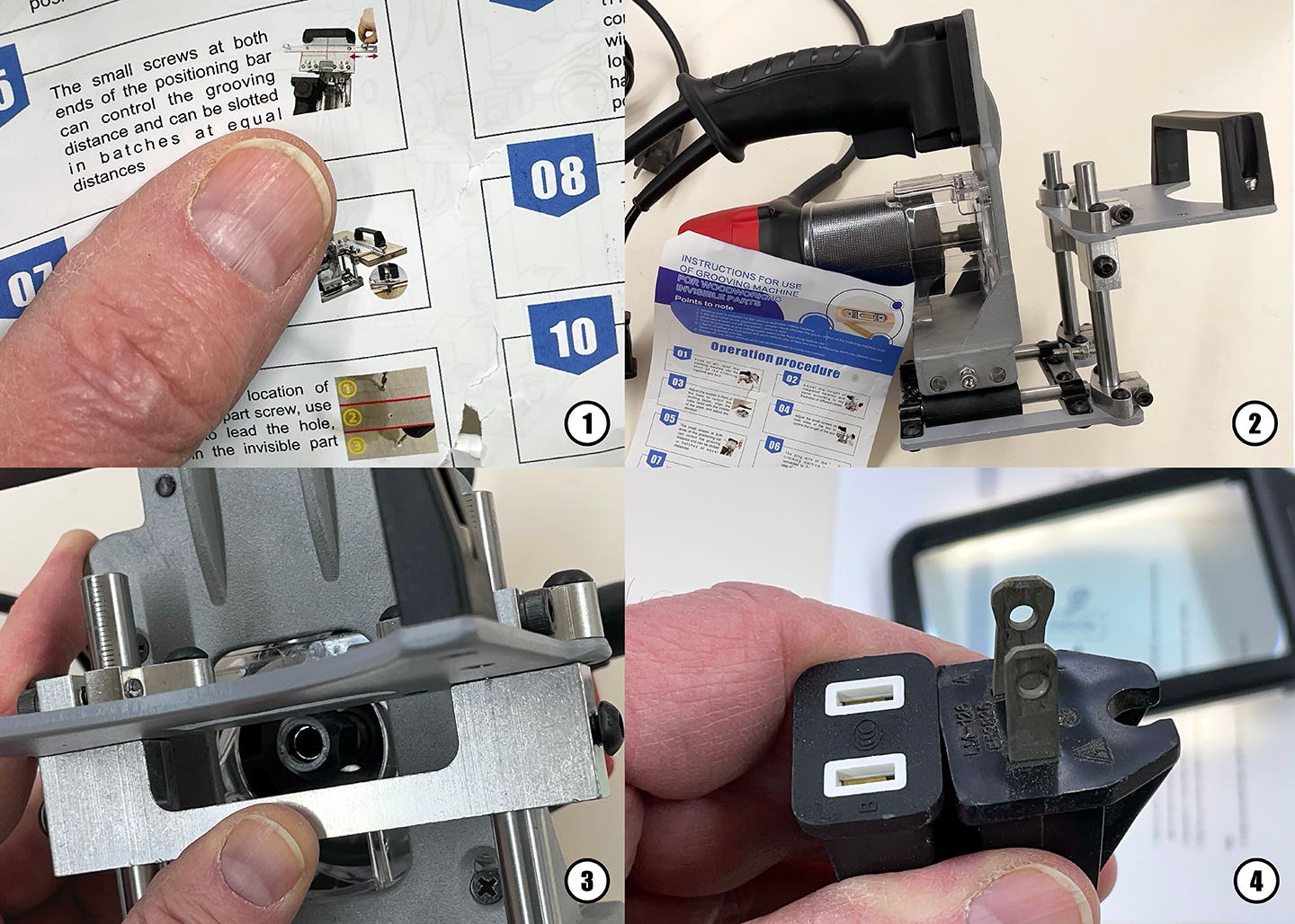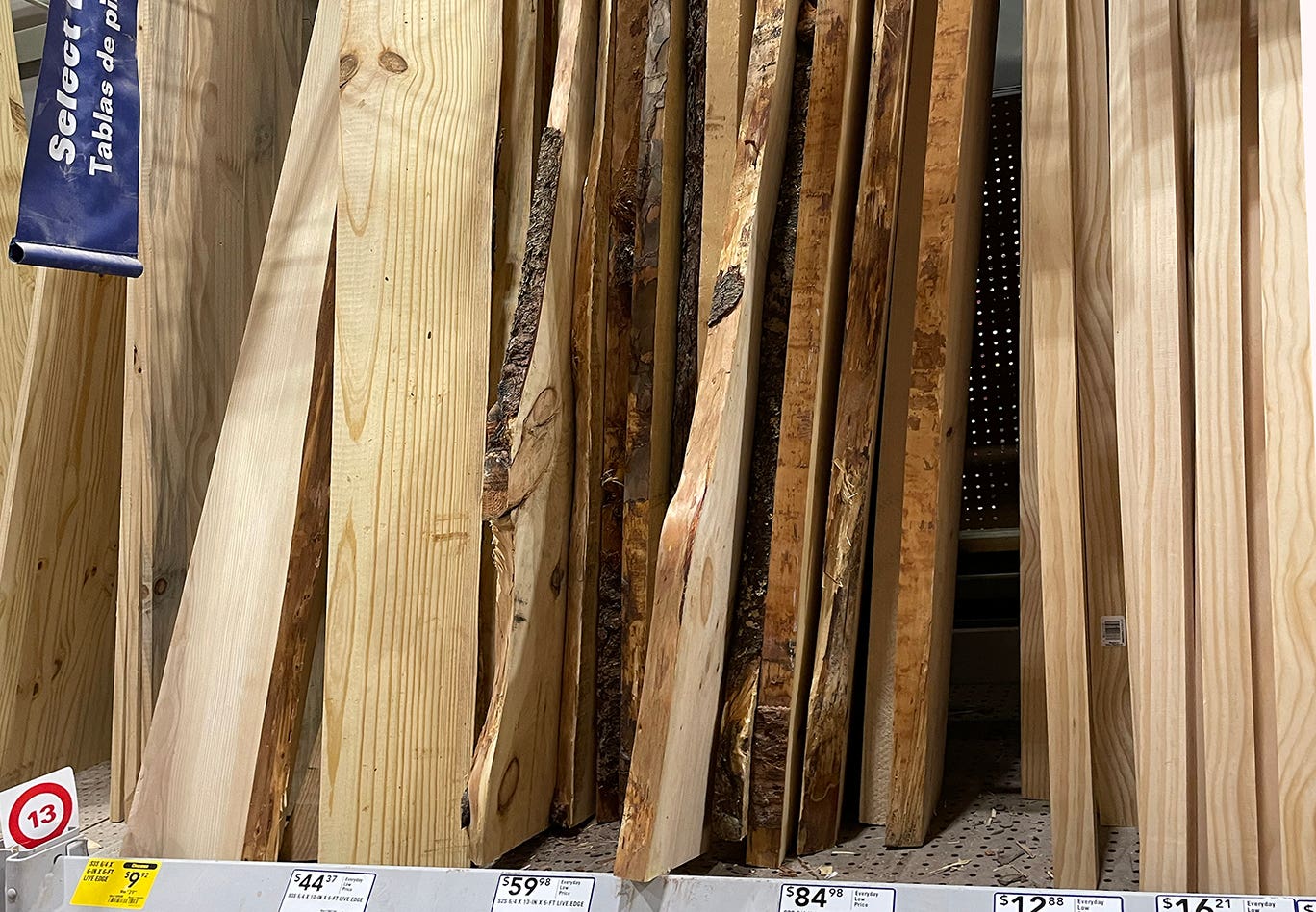Nothing could be finer
Sandpaper is the perfect example of a multi-tasking tool. Here’s why.
Sandpaper is the perfect example of a multi-tasking tool. Here’s why.
I suppose the main reason sandpaper was invented was to simply make things smoother, and to this day that’s still its main purpose. I certainly use it for that more than anything else.
But sandpaper is also a repair tool, the one I sometimes use when I don’t do a good enough job with another one. I noted last time that sandpaper comes to my rescue whenever I do hand-cut dovetails, and when removing imperfections of a drywall mud job. You may counter that I shouldn’t rely on such an artificial means of improving my work, and that I should just improve my work to begin with and then I wouldn’t need to “fix” it. And you’d be right.
Still, although I’m a pretty good woodworker I can’t be perfect at everything – frankly, I don’t know too many woodworkers who are. And because of that I sometimes do fall back on a secondary means of improving something. Sandpaper is a perfect example of that.
Is this a bad thing? No, it’s not.
The key to good woodworking is to rely on a combination of skills and tools that works with the best balance for me. In the case of dovetails – and my recent task of drywalling, taping and mudding my new workshop – my basic workmanship is strong and sound. In spite of what they may look like, my dovetails and my drywall are solid as a rock.
And if a bit of sandpaper also makes it look better, I’m fine with that.
A.J.
A.J. Hamler is the former editor of Woodshop News and Woodcraft Magazine. He's currently a freelance woodworking writer/editor, which is another way of stating self-employed. When he's not writing or in the shop, he enjoys science fiction, gourmet cooking and Civil War reenacting, but not at the same time.



